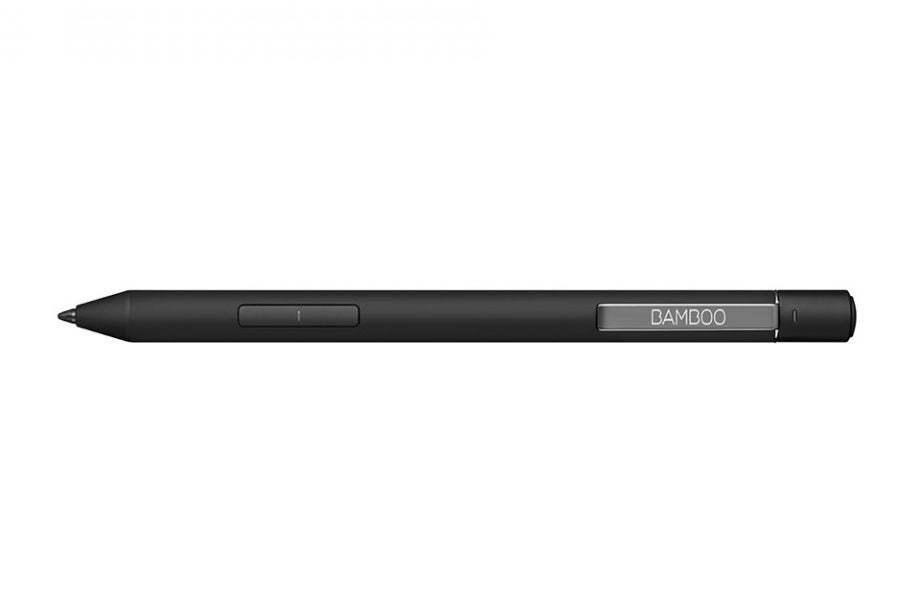Wacom’s Bamboo Ink Plus is fixing this key Surface Pen issue

Wacom’s new Bamboo Ink Plus stylus has the rechargeable battery the Microsoft Surface Pen seriously needs.
The second generation of Wacom’s Windows Ink stylus is designed to aid note taking, sketching, drawing and visual thinking and its packed with improvements.
The biggest step up for the Bamboo Ink Plus is the rechargeable Li-polymer battery. Wacom have opted for an internal battery with a USB-C port to charge rather than the AAAA alkaline batteries found in the Surface Pen and the older Bamboo Ink stylus.
Read our review of the Microsoft Surface Pro 6
The stylus can take up to three hours to charge fully but the battery is expected to last about 10 days if you were to use the pen two hours a day, five days a week. Though this is shorter than the 15 month battery on the pen’s predecessor, users get the convenience of never having to replace the battery and even the most hardworking artists and note takers can spare 3 hours of their week to recharge.
Another huge improvement to the Bamboo Ink Plus is the introduction of tilt support. Tilt support makes strokes look more authentic by detecting when the pen is held at a natural angle and mimicking the results onscreen. This allows the Plus stylus to be better suited to digital art than its predecessor.
The Surface Pen also has tilt support but you might not be able to take advantage of the feature on either pen if you don’t have the right tablet. A large number of Microsoft Surface devices have yet to provide support for tilt so you might want to double check the specs on your tablet before you splash out for this feature.
Read our review of the Microsoft Surface Laptop 2
The Bamboo stylus has also undergone a number of physical changes. The barrel is now triangular, giving it a more ergonomic and ‘familiar pencil-like feel’ than its cylindrical predecessor and its covered in something like brushed rubber to give it better grip.
The stylus connects to your tablet via Bluetooth – a feature which can also be found on the Surface Pen. The Bluetooth switch on the Bamboo Ink Plus has also been fixed. Wacom has gotten rid of the gap on the button, making the stylus feel more durable.
The nibs also seem stronger. The shape of the nib tapers in gradually rather than staying the same width the entire way through. This means that the nib is less likely to get damaged when you throw the pen in your bag on the go.
The Bamboo Ink Plus comes with three replaceable nibs – firm, soft and blue – that can easily be switched out to best suit the user’s needs. The firm and soft nibs seem pretty self-explanatory but it is unclear what the blue actually does. All Wacom writes about this one is that it can ‘enhance your pen experience’ on certain devices, whatever that means.
Related: Adobe’s newest drawing app mimics the way that paint flows on your screen
The stylus still retains a few key features from its old design. The pen is capable of pressure levels up to 4096, much like the previous Bamboo Ink and the Surface Pen. The Bamboo Ink Plus is also compatible with a broad range of Windows 10 pen-enabled devices and can sync with the Wacom Active ES protocol and the Microsoft Pen Protocol.
Though the stylus is slightly more expensive at £85 when compared with the £70 Bamboo Ink, its packed with new features and still cheaper than the £99.99 Surface Pen which continues to rely on non rechargeable batteries. The Bamboo Ink Plus is available to buy now on Wacom’s website.


